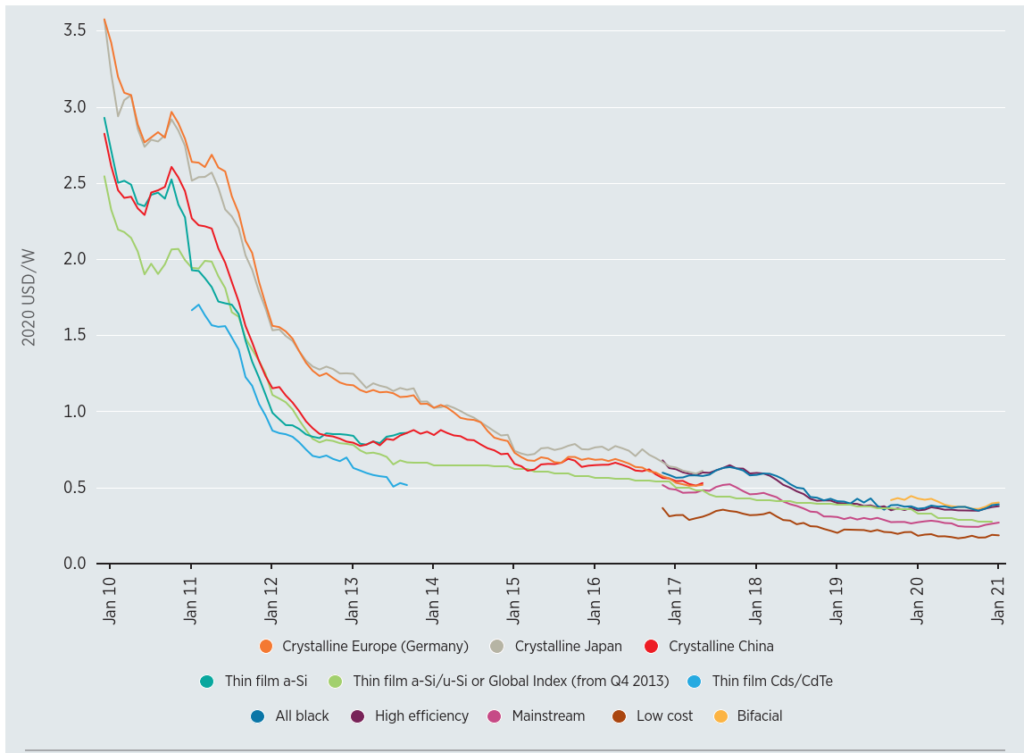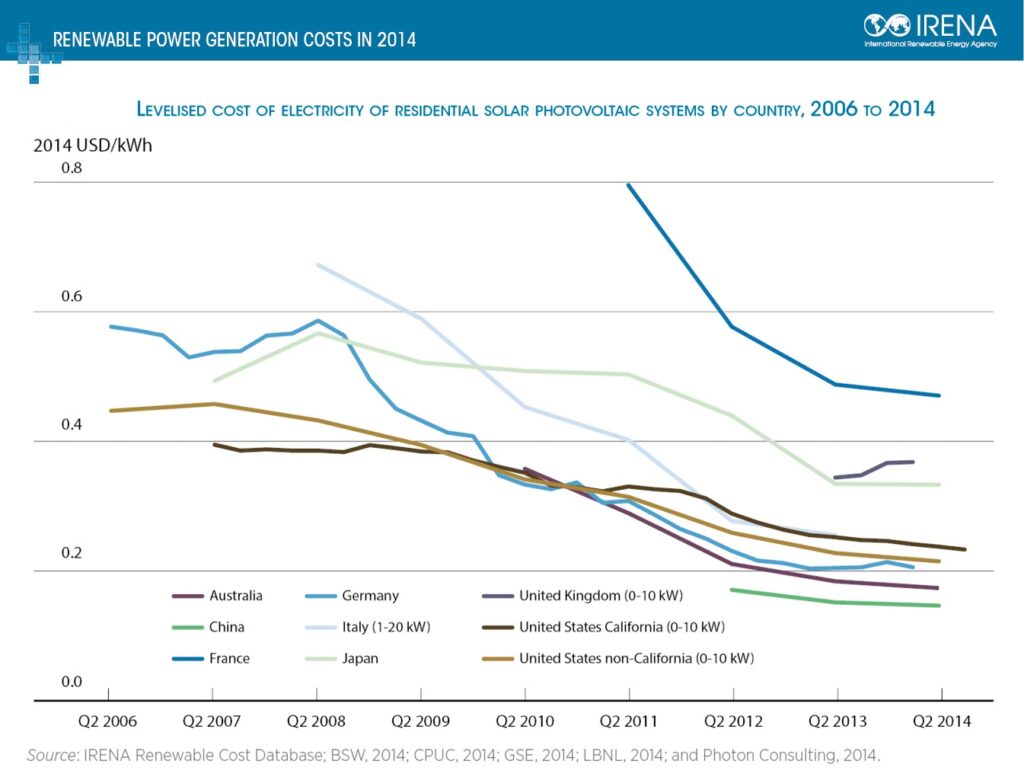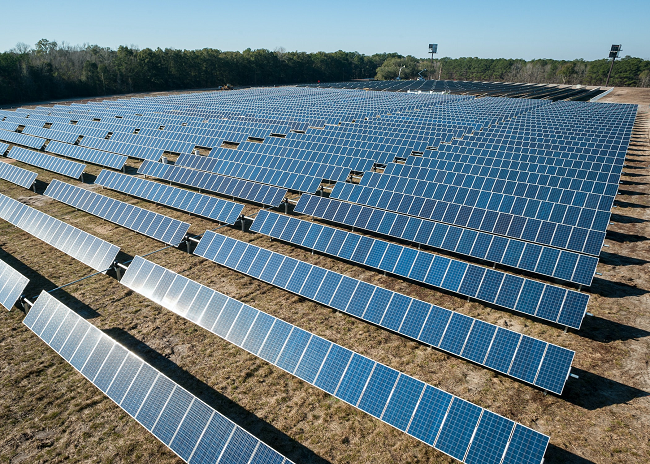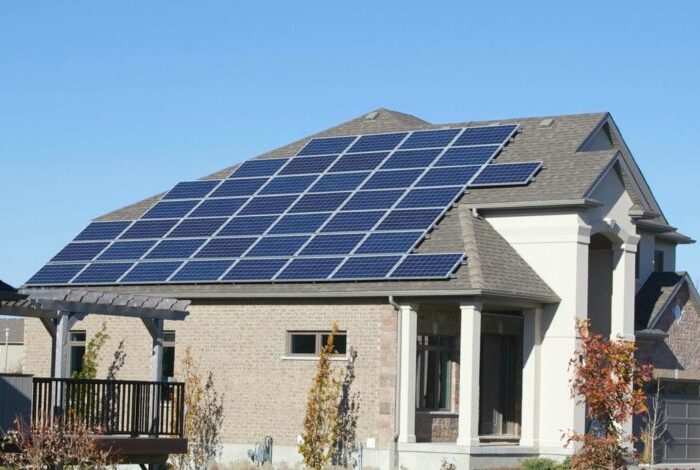Photovoltaic electricity is a rapidly growing renewable energy source and will ultimately assume a major role in global energy production. The cost of solar generated electricity is typically compared to electricity produced by traditional sources with a levelized cost of energy (LCOE) calculation.
Here, we shall shed light on basics how to calculate LCOE for photovoltaics based on the System Advisor Model by National Renewable Energy Laboratory (NREL) USA.
LCOE, or levelized cost of energy is a term which can be stated in its simplest form as the cost of the power produced by a Solar PV System over a period of time, typically the warranted life of the system. It can be written in a monetary value i.e. 0.5 US$/KWh. As the life of currently available PV Systems presumably is more than 20 years, therefore, cost and revenue benefits are compered over the same period. Hence, this is an assessment of the economic lifetime energy cost and lifetime energy production.
In its simplest mathematical form:

We, now, have to look into details of the numerator and denominator of the above equation. If we expand the above equation as per the System Advisor Model of the NREL then it may looks like:

This equation may look very complicated but it’s not. Lets discuss each part of above equation.
a) I = Investment or CAPEX (Capital Expenditure): First, is the Capital Investment or Capital Expenditure in the project or the System i.e CAPEX, and represented by “I” (see on extreme left of the above equation). This may have include:
i) Design & Engineering Cost: First of all, every system needs to be designed through proper engineering and techno-economic analysis. This a has cost and must be accounted for.
ii) Procurement: Cost of all the equipment, components or devices which shall become part of the system through design and engineering. This will include PV Modules, Inverters, Batteries, supporting structures, cables, conduits, disconnects / breakers / contactors, earthing / grounding provisions, distribution boxes and balance of system (BOS).
iii) Transportation Cost: Cost incurred to transport all the equipment to site. Generally, it would be fraction of part (ii)
iv) Construction and Commissioning Cost: All the equipment should be properly planned to install and commission the system. A skilled labor and staff would be required to accomplish this task.
v) Grid-Connection Cost: If the system is to be connected to the Grid, then it local authorities set the criteria and policies for this and connection to grid may require a fee which would include inspection of the system from the authorities.
Moreover, there could be other factors too to be included for finalization of the initial investment or cost like taxes, custom installation, transformer and related equipment (Grid requirements), etc.
b) Operations and Maintenace Cost: This has mainly two parts:
i) Follow-On CAPEX: This refers to those expenditure pertaining to purchase of the equipment to replace faulty equipment already installed throughout the life cycle of the project. If single instant of this purchase is represented by:
F1, F2, F3,…….Fn then all the cost has to be summed up, however, as we are evaluating these cost at one point of time i.e today so we have to take the present value or cost of that equipment bought in the future. This can be calculated through standard financial term “Discounted Value” and can be represented eventually as:
Fn / (1+R)n ; where R is discount rate being normally an interest rate or currency devaluation rate and n is the number of years i.e. project life cycle assumed.
ii) O&M Cost: Operations and Maintenance cost may include various items such as:
- Preventive Maintenance: third-party system monitoring & inspection, module cleaning, tracker lubrication, wildlife counter measures, vegetarian management, security measures, insurance, technical and administration staff, land lease and taxes, unforeseen damages, etc.
- Corrective Maintenance: Resetting electrical components, routine check-ups i.e. earth and ground faults and replacing components before final degradation.
c) Depreciation or Taxation Benefits: This includes taxation benefits arising due to depreciation of the assets. This shall decrease our life cycle cost of the system or project. As we are accounting for present value of the depreciation occurring in the future, we calculate present value i.e. dividing the future value by the Discount Factor, hence the resulting factor needs to be subtracted from the initial investment.

d) Residual Value: At the end of the project useful life, there could be some assets having some value and sellable in the market. Though, in the case of Solar Photovoltaic systems, it would be very small, still should be subtracted from the initial investment. Again this future value has to be converted into present value by the Discount Factor.
e) Energy Production: In the numerator of the equation, we need to find out total expected energy production i.e. KWh, in the life cycle of the project. This can be estimated through some simulation software taking in the Solar Data of past years along with technical data of the Solar Photovoltaic System components such PV, Inverter, cables, orientation, tracking including all the possible losses. As an energy production unit represent a value, all the future production energy data or units has a value which needs to be converted into present value to be included in the equation. This is achieved again through the Discount Factor. In the dominator of the equation, you will find one more factor that production units are multiplied by (1 x System Degradation rate)n . This represents mainly degradation of the Photovoltaic Modules which, in general, degrade by 0.7% annually in giving the energy production. Here “n’ represents the number of years for which system shall degrade. Remember, this degradation factor could be a compositely derived number as degradation of cables, inverter and other components may also be included possibly.
The above equation is the simple form however, it could be more complicated if energy storage or batteries are also included and energy is also fed to/from Grid. The ultimate form of above equation as per SAM-NREL would be:

Below Figure shows that cost of the PV Module has tremendously decreased from year 2010 (Source: IRENA), which is eventually decreasing the LCOE of the Photovoltaic systems as shown in the next chart.


Author:
Asif Khokher is seasoned professional having 24 years of international and diversified experience in the field of Control Systems, SCADA and Solar PV for Power, Oil & Gas, utility and other industries serving with International Consultants, Contractors and Sub-contractors/Suppliers/System Integrator. He is currently based in Pakistan, and works as Consultant/Auditor/Inspector and Owner’s Engineer and can be reached at asif.khokher@innovasyses.com
His educational background is B.Sc. Engineering (Electrical), MBA and North American Board Certified Energy Practitioner (NABCEP – PV Installation Professional) beside Project Management Professional (PMP) and Certified Automation Professional (ISA-CAP).


